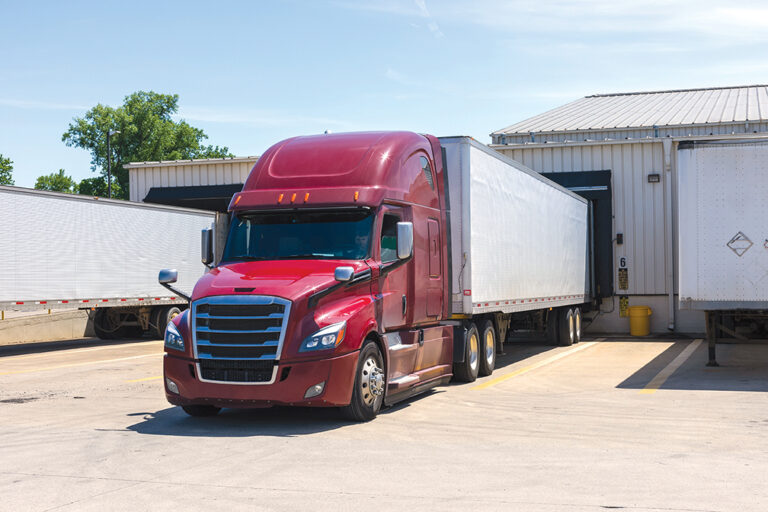COLUMBUS, Ind. — The past few months have been difficult for many in the trucking industry.
Rising diesel prices, regional, temporary diesel fuel supply crunches and rising truck maintenance costs have blown turbulence into front offices.
Now, according to ACT Research’s latest installment of the ACT Freight Forecast, a lower truckload rate forecast based on supply factors is another major issue facing the industry.
It boils down to a softening demand for durable goods, such as furniture, cars, electronics and home goods.
Tim Denoyer, ACT Research’s vice president and senior analyst, said the “bottoming process” is just beginning, and this month’s report focuses on the key question of how much further spot rates can decline, as well as concerns about diesel shortages.
“Goods demand is soft, and destocking is just beginning, but lower freight costs are set to be a growing disinflationary force in 2023,” he said.
This news will hurt smaller fleets and owner-operators the most, according to Chris Tucker, Winchester, Kentucky-based owner of truck brokerage Full Coverage Freight, who has predicted a possible wave of bankruptcies for those who started trucking companies during the hot market in 2020 and 2021.
“Trucking companies that managed their businesses well during the good times should remain healthy and outperform those that had relied on a robust market to remain afloat,” Avery Vise, FTR vice president of trucking, said.
Compared to October 2021, diesel prices in the U.S. are 44% higher this year, according to the U.S. Department of Energy. Meanwhile, truck maintenance and parts costs have also risen, according to a recent Truckstop.com study.
Truck maintenance costs shot up 3.7 percent in Q4 of 2021, which is more than 10% higher than 2020. The cost for parts jumped 8.8%, according to the study.
Rob Sanders, who operates a small fleet of trucks in Arkansas, said he is working hard to keep his head above water.
“It’s tough for the small man,” Sanders said. “All these politicians keep promising to make things better, but when I have a motor blow and have to spend thousands of dollars to replace it, where are they? I understand why many of us have to do something else. I just pray I can keep my doors open. Things aren’t bad enough to shut down right now, but it’s something that keeps me up at night.”
The Trucker News Staff produces engaging content for not only TheTrucker.com, but also The Trucker Newspaper, which has been serving the trucking industry for more than 30 years. With a focus on drivers, the Trucker News Staff aims to provide relevant, objective content pertaining to the trucking segment of the transportation industry. The Trucker News Staff is based in Little Rock, Arkansas.








